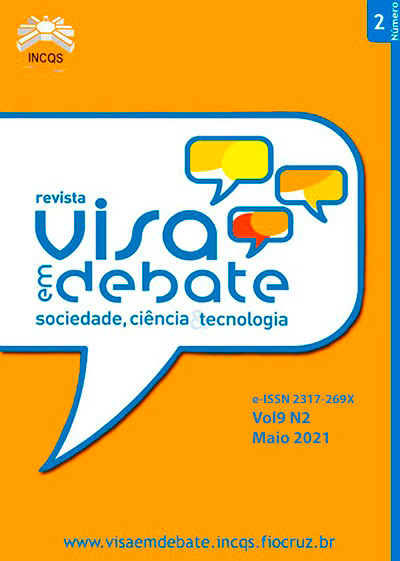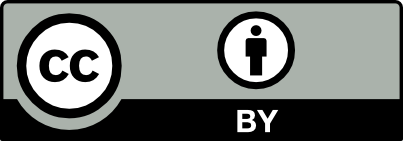Management of health actions of the State Health Departments: analysis of their respective health regulations
DOI:
https://doi.org/10.22239/2317-269x.01769Keywords:
Health Management; Regulation; Health Codes; Health Surveillance ActionsAbstract
Introduction: The performance of health surveillance in the States, Federal District and Municipalities was established through health codes, regulated by Acts and Laws. Objective: In this sense, we sought to make a situational diagnosis regarding the composition and organizational structure in the 27 Federated Units. Method: A qualitative study of legal rules was conducted through active searches of these documents, which were analyzed for attributes correlated to health surveillance action. Results: It was observed that about 30.0% were published before the 1988 Constitution, but there are more recent rules, such as those of Piauí, Rio Grande do Norte and the Federal District, published in the 2010s. It was observed that 88.9% of the rules include actions integrated into the health system, such as health care, epidemiological surveillance, environmental surveillance and worker health. Another attributes were little present in the rules, such as: those related to the competencies of the public health laboratories network (48.1%), the management of risk factors (22.2%), funding (33.3%) and health surveillance rates (18.5%). Conclusions: State and the Federal District laws are based on generalist norms, which no longer meet the longings of contemporary society or the reality of the determinants and health conditions of their territories. Therefore, there is a need for harmonization and modernization of these legal rules, with the promotion of new legal frameworks, capable of producing the safety and effectiveness of health surveillance actions practiced in each territory.
Downloads
Downloads
Published
Issue
Section
License
Copyright (c) 2021 Health Surveillance under Debate: Society, Science & Technology (Vigilância Sanitária em Debate: Sociedade, Ciência & Tecnología) – “Visa em Debate”

This work is licensed under a Creative Commons Attribution-NonCommercial 4.0 International License.
COPYRIGHT ALLOWANCE The author (s) hereinafter designated as the ASSIGNOR hereby assign and transfer, free of charge, the ownership of the copyrights related to this ARTICLE to the Vigilância Sanitária em Debate: Sociedade, Ciência & Tecnologia (Health Surveillance under Debate: Society, Science & Technology) – Visa em Debate, represented by FUNDAÇÃO OSWALDO CRUZ, established at Av. Brasil, nº 4365, Manguinhos, Rio de Janeiro, RJ, Brazil, CEP 21045-900, under the conditions set out below: (a) The terms and conditions set forth in this Agreement shall apply to the following: 1. The ASSIGNOR declares that they s(he) is (are) the author (s) and owner (s) of the copyrighted property of the ARTICLE submitted. 2. The ASSIGNOR declares that the ARTICLE does not infringe the copyrights and / or other property rights of third parties, that the disclosure of images (if any) has been authorized and that they s(he) assume(s) full moral and / or property liability for its content, before third parties. 3. THE ASSIGNOR assigns and transfers all copyrights relating to the ARTICLE to the ASSIGNEE, especially the rights of editing, publication, translation into another language and reproduction by any process or technique. The ASSIGNEE becomes the exclusive owner of the rights related to the ARTICLE, and any reproduction, totally or partially, is prohibited in any other means of publicity, printed or electronic, without prior written authorization from the ASSIGNEE. 4. The assignment is free and, therefore, there will be no remuneration for the use of the ARTICLE by the ASSIGNEE.






